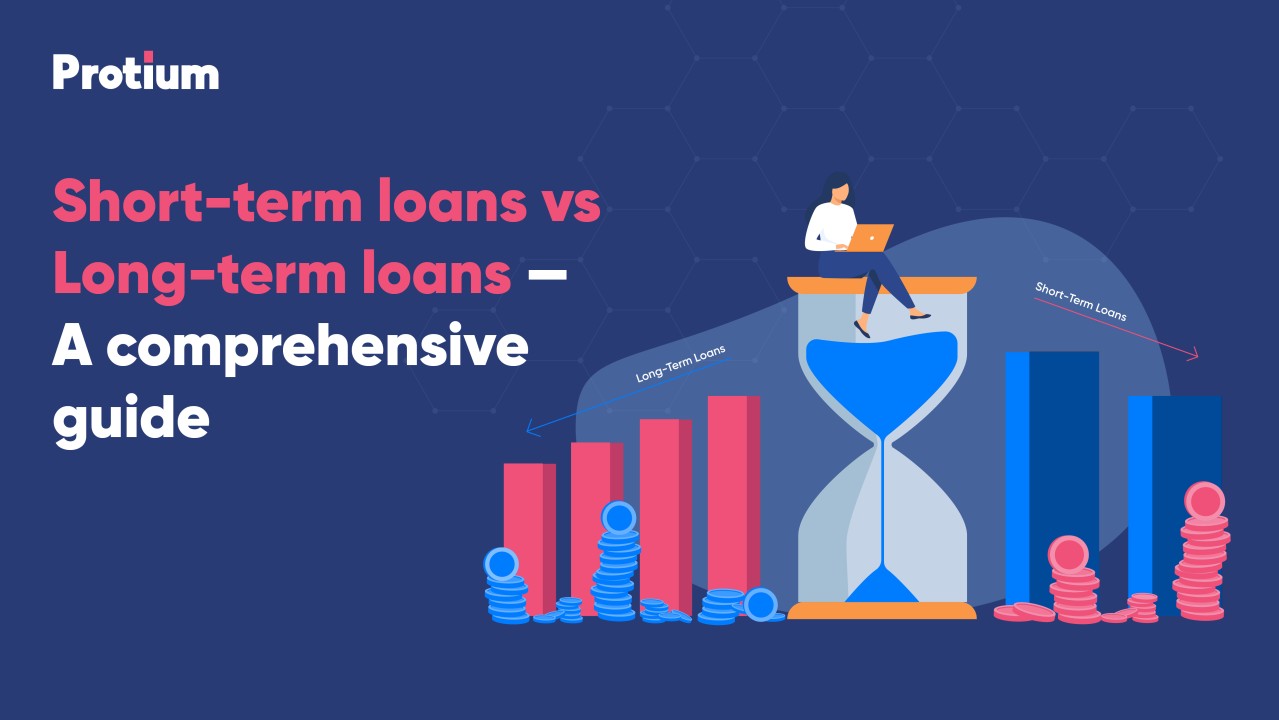In the world of real estate and finance, a bridge loan is a short-term loan that is used to bridge the gap between the sale of one property and the purchase of another. It is a temporary financing solution that helps borrowers secure the funds they need to transition smoothly from one property to another.
Table of Contents
How Does a Bridge Loan Work?
A bridge loan is specifically designed to provide financial flexibility to borrowers who are in the process of buying a new property while still owning their existing property. It is commonly used when a buyer needs immediate access to funds for their new purchase, but their existing property has not yet sold.
Bridge loans are typically offered by banks, financial institutions, and private lenders. They are short-term loans with a repayment period ranging from a few months to a year. The loan amount is based on a percentage of the borrower’s existing property value and the equity they have in it.
Once approved, the borrower receives the funds and can use them to finance the down payment on their new home or cover any other associated costs. The bridge loan is then repaid in full when the borrower sells their existing property.

Credit: www.bankrate.com
Benefits of Bridge Loans
Bridge loans offer several advantages for borrowers who are looking to transition between properties:
- Quick Access to Funds: Bridge loans provide borrowers with immediate access to the funds they need, enabling them to make a competitive offer on a new property without having to wait for their current property to sell.
- Flexible Repayment Options: Unlike traditional loans, bridge loans often have flexible repayment options, allowing borrowers to choose terms that suit their specific financial situation.
- No Monthly Payments: In many cases, bridge loans do not require monthly payments during the loan term. Instead, the entire loan amount, along with any accrued interest, is repaid in a single lump sum when the existing property is sold.
- Opportunity to Avoid Contingencies: By using a bridge loan, borrowers can eliminate the need for a contingency clause in their offer, which strengthens their negotiating power and increases the likelihood of their offer being accepted.

Credit: www.linkedin.com
Points to Consider
While bridge loans offer various benefits, borrowers should also consider the following factors:
- The Interest Rate: Bridge loans often come with higher interest rates compared to traditional mortgages due to their short-term nature and greater risk involved for lenders.
- The Repayment Period: Borrowers should carefully evaluate the repayment period offered by the lender to ensure it aligns with their timeline for selling their existing property.
- The Loan-to-Value Ratio: The loan amount you receive is typically based on the appraised value of your existing property and the equity you have in it. Understanding the loan-to-value ratio is crucial for determining how much you can borrow.
- Eligibility Criteria: Lenders have specific criteria for approving bridge loans, including creditworthiness, income stability, and property valuation.
It’s essential to work with a reputable lender who specializes in bridge loans to ensure you receive a tailored solution that meets your unique financial needs.
Conclusion
In summary, a bridge loan is a valuable financing tool for individuals or businesses looking to buy a new property while still owning an existing one. It provides the necessary funds to bridge the financial gap between the two properties, allowing borrowers to secure their dream home or investment property without having to wait for the sale of their current property. However, it’s crucial to weigh the benefits and considerations before deciding if a bridge loan is the right option for you.
